After a post graduation in commerce from Mumbai’s prestigious Podar College, Prashant Prabhu decided to continue his struggles towards becoming a full time painter.
He experimented with all media before settling into watercolours as his favourite medium of expression and during his last 25 years of art practice he has found his own visual vocabulary. His way of painting landscapes is very different, a minimalist approach within realistic genre, with bold washes and pristine whites of paper. His compositional play in the genre has made him stand out, his unique vision, separating him from the traditional Indian ‘landscape’ painters.
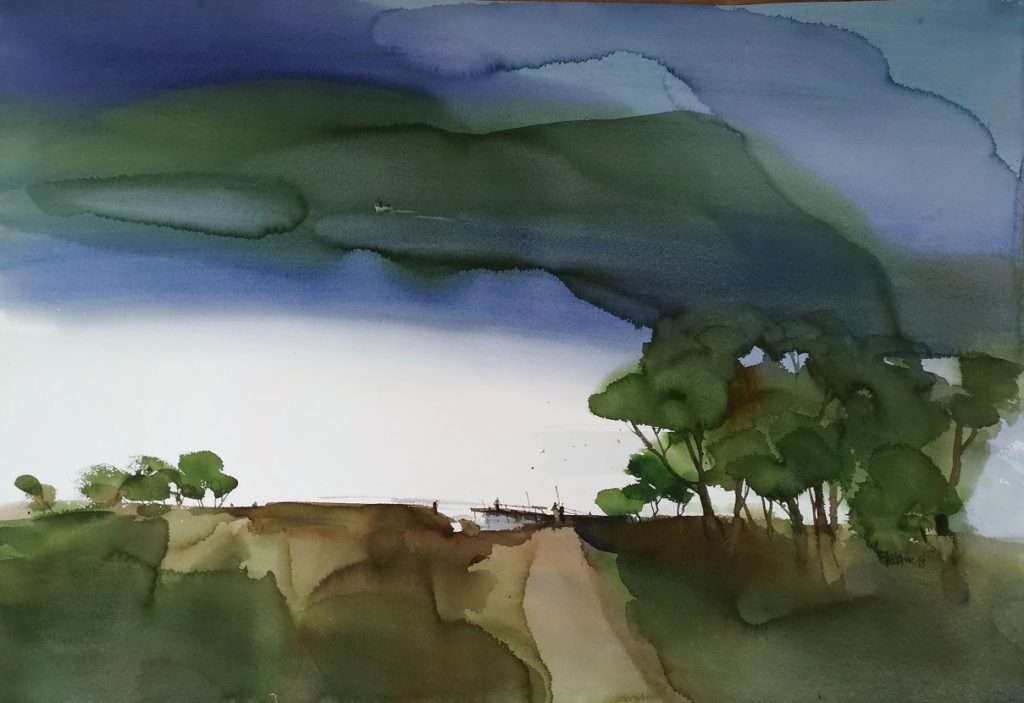
Nothing-arrives-before-its-time
What’s integral to the work of an artist?
Honesty. Practice or sadhana to hone skills and give justice to your talent (I feel talent and skills are different things. Skills make you a craftsman, talent an artist) all require a total honesty with oneself. To become an artist, one has to be honest about where one stands in his/her genre of art, where he really aspires to reach. And for all that, be honest critic of one’s work. Both actual artworks and whole way of working. And that honesty made me concentrate on watercolors and be minimalist in style. It was honesty which didn’t allow me any complacency.
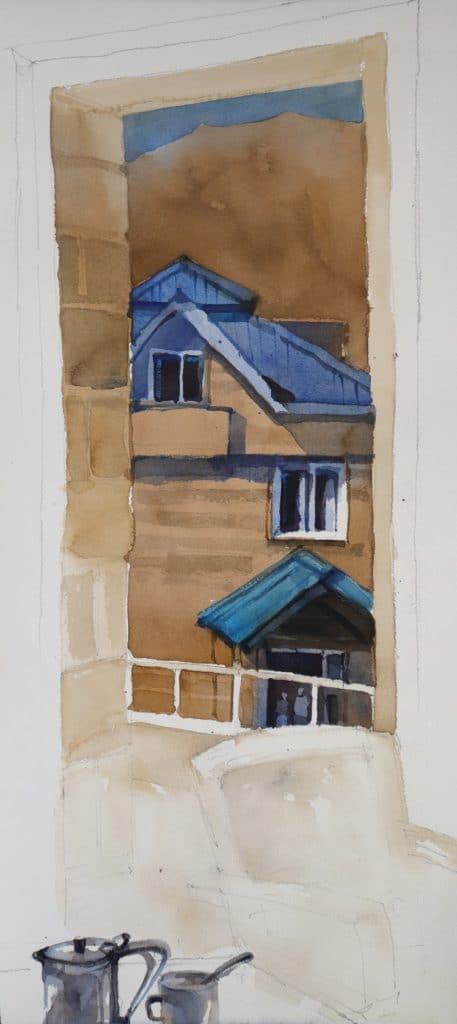
Minimal-fuss-over-tea
What role does the artist have in society?
In today’s stressed-out times, art needs to be a solace and a soothing place for the society. I know today’s contemporary artist prides himself on being a thinker, who is part of the intelligentsia, who raises questions and shocks society out of it’s slumber. The activist. Such an artist will be more of a thinker who took up a brush instead of pen or laptop. Nothing wrong in that. That is one part of art’s contribution.
But when defining the role of art in society, without sounding ‘last century’… beauty and arts will always have a connection. Giving and adding beauty to the world will never be dated and in today’s times all arts can help. No, not picture postcards which traditional landscapes turn out to be, or bland ceremonial portraits of parents, ancestors. But modern times can do with refreshing beautiful artistic views on the world around us. Assuring that this too shall pass.
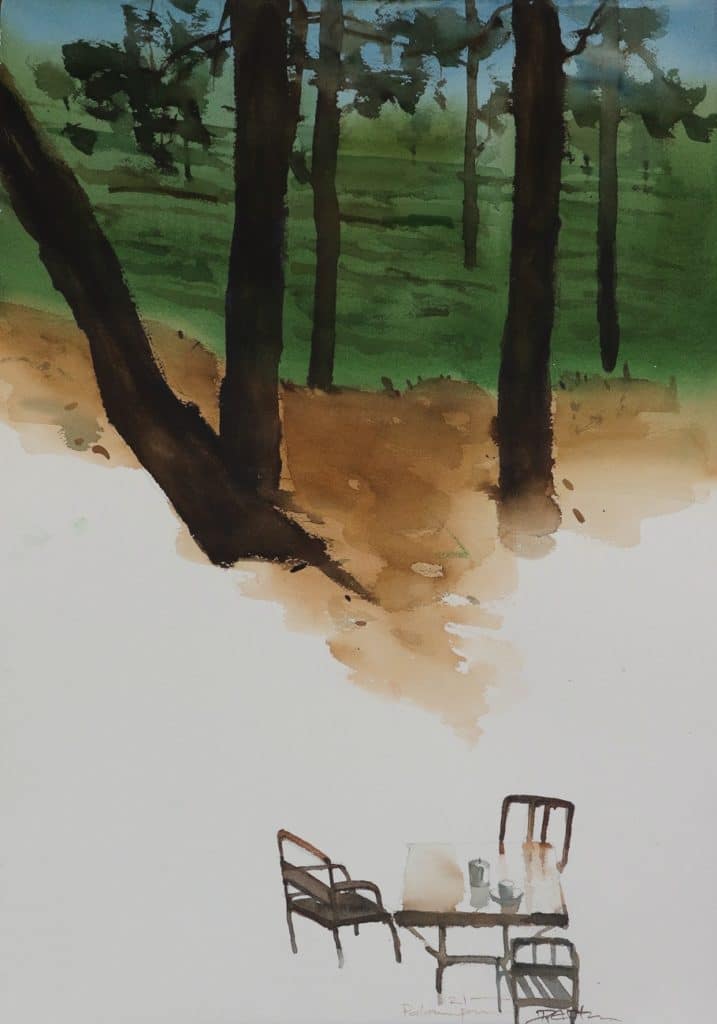
What art do you most identify with?
In terms of medium, I paint only in watercolours for the last two decades or more. And in watercolours too, I am a minimalist, simplifier of subject and themes.
What themes do you pursue?
Mostly landscapes, citiscapes and occasionally some based on philosophy. My paintings are never painted very realistically but they are based on reality of the world with the added dose of my imagination and thoughts. They are more of compositions of the scenes then depictions of the scenes. Many a times the scenes are totally imaginary, used as a prop to paint a composition I thought of, and am happy about. I do paint conceptual artworks occasionally when some thought strikes along with ideas to compose them. But I am more comfortable with what I call landscapes.
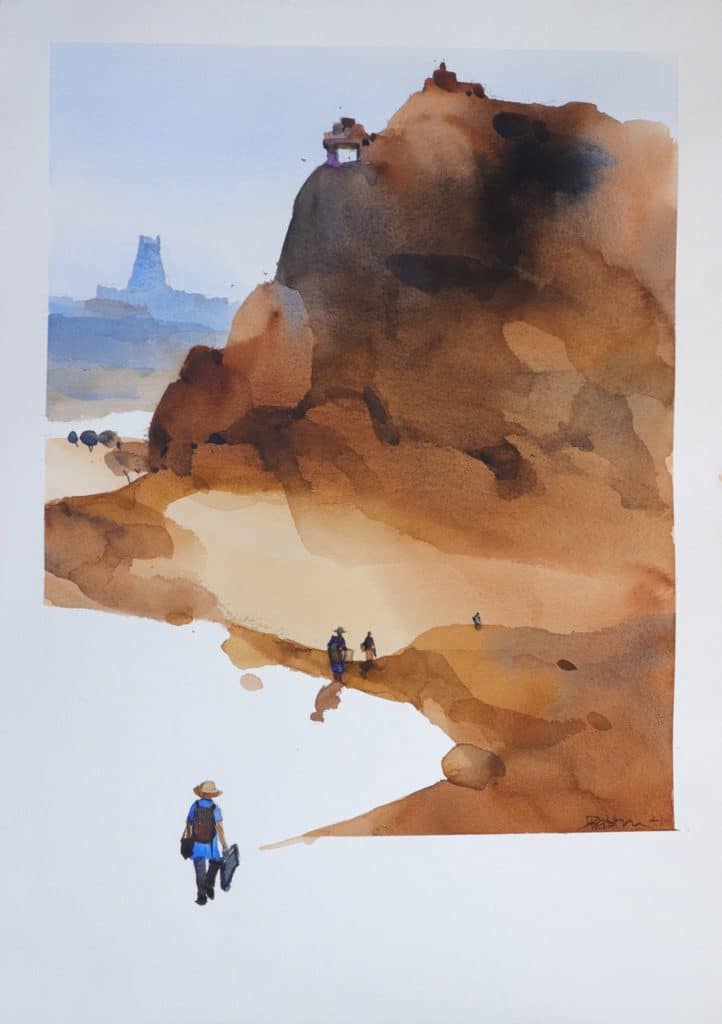
Searching-outside-while-it-is-all-inside
What’s your favourite art work?
Many. Most favourite is Cristina’s world by Andrew Wyeth. The scene, subject the feeling of longing, I feel is a story of an artist’s life.
Describe a real-life situation that inspired you?
An artist who paints cities, and lives in Mumbai will have inspiring situations all his life, if he is open and empathetic. Being a son of small hotel owner, restaurants have inspired a whole lot of my urban landscapes. But mostly the dazzling sunshine on the urban roads, especially in summer, has inspired so many of my city scapes. I know it is not some dramatic situation or a life changing experience, but I am a painter of normal things, normal views!
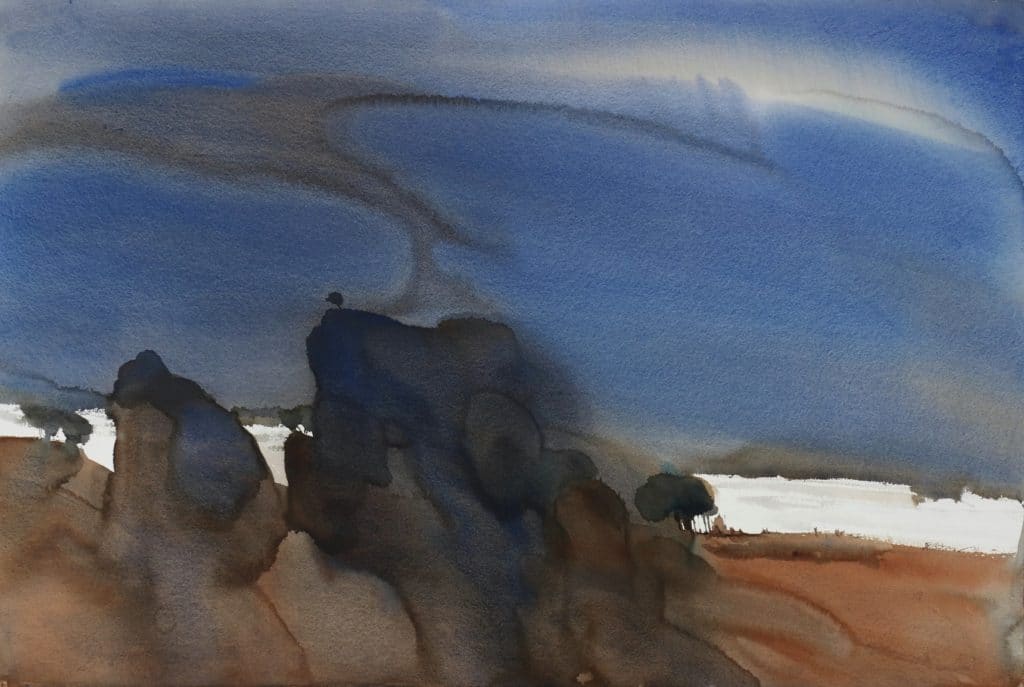
Same-place-different-destinations
Why art?
There was never any ‘why’. Any reason means there was a choice and why this choice. I won’t say that I dreamed that since childhood. I was not aware of my calling till I passed school. I am from a Marathi medium school, a top one which churned out rankers when merit lists used to be announced officially. I was a brilliant student, so it was a kind of confusing for me earlier. But I was never comfortable in studying a lot, thought neighbours and family too thought that I was studious type. For some, a bookworm! But I was always at home painting, even in college. The freedom of college years, that too of commerce, which I opted so I could paint in free time, was a period when it became clear to me. And to all those around! The concept of life calling, philosophy of what I want to give back to society came a bit later.
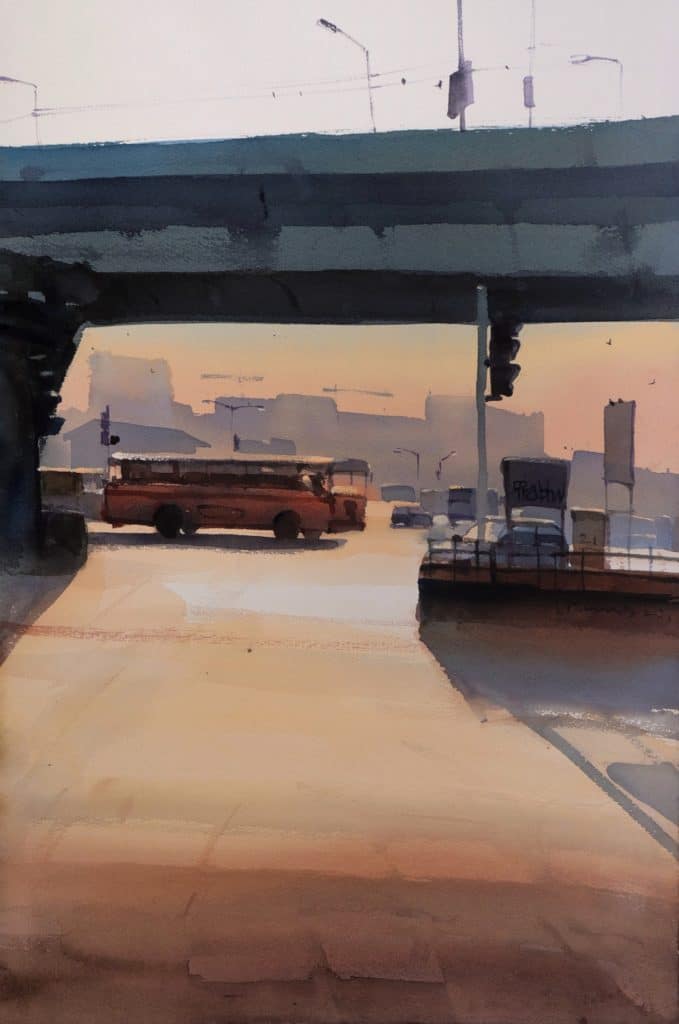
What is an artistic outlook on life?
An artistic look on life is search of all that is beautiful and that of creation. And just ‘not being destructive and minding one’s own business, is not enough. Being artistic means for me, to create and help those who can’t, enjoy our creativity. An artist worth his/her salt will be creating things of beauty and if not creating, at least appreciate all that is beautiful and divine. And she/he will also nudge others towards a more artistic way. Artistic life provides some comfort to lives that are stressed out!
Again, commerce college education could have made a manager or an accountant out of me. But rarely those fields are creative. Keeping tabs on, managing, what others are making, creating or keeping accounts of others are producing, earning ….It is not very artistic outlook. I am rather at sea when it comes to negotiating the selling part.
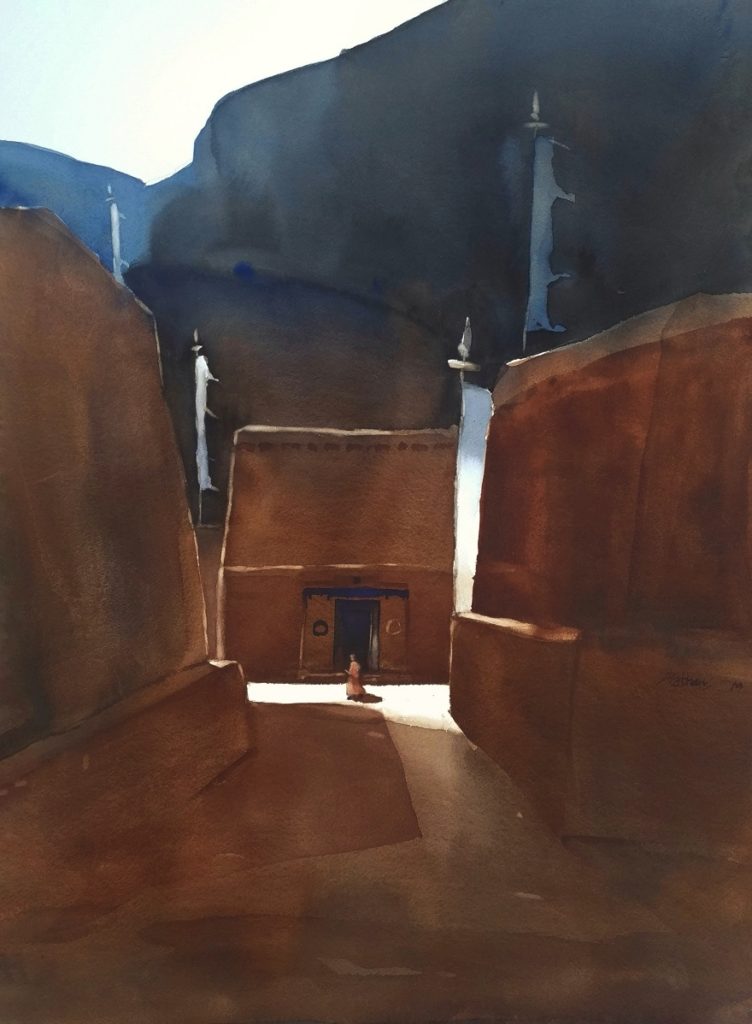
What memorable responses have you had to your work?
Most often I am told that my art doesn’t look at all like my sir, Vasudeo Kamath. There is no influence at all!!?? I feel great that he didn’t encourage me to become his copy. It also says that, I have formed my own visual language which is not his copy. And I know for sure, that he is proud of that.
Another memorable response I get is my style or way of painting is completely my own. My paintings are not considered ‘landscapes’ by many contemporary artists. And my painting doesn’t show any following of any school or master. In jest, Samir da (Mondal) once said that I am founding my own school. That is surely a bit too much, but my joy knew no bounds at that moment!
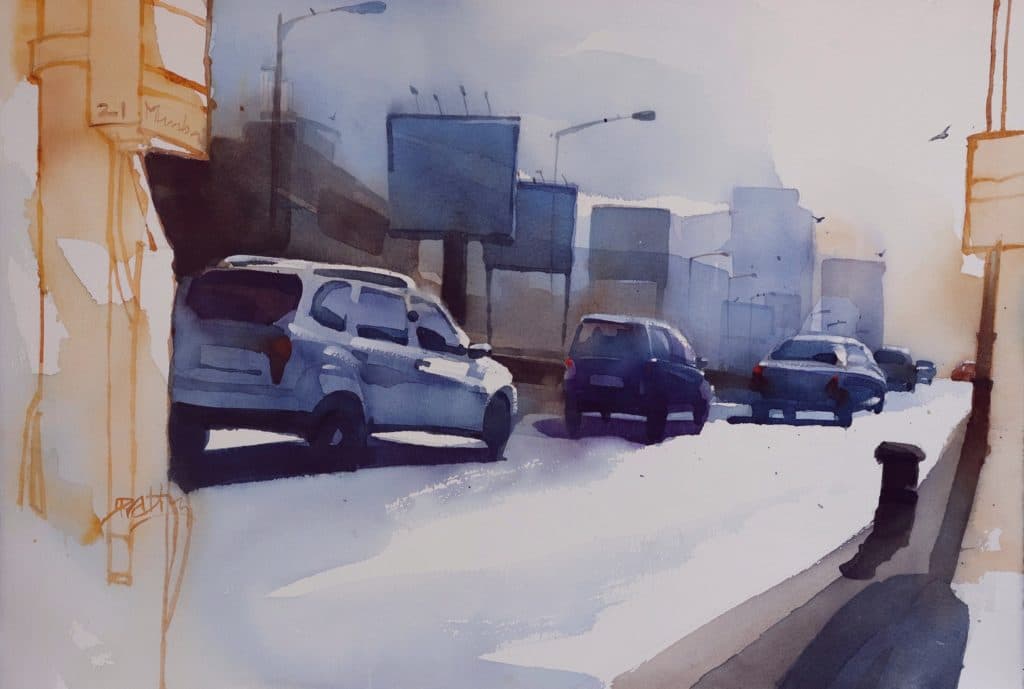
Light-and-urban-lines_
Is the artistic life lonely? What do you do to counteract it?
Any creative ‘sadhana’ is a lone journey. The search is always inside with one’s own. And socially most of the times family, neighbours and friends are not in tune with you. And if you don’t have art world friends from art school, like in my case, it is bound to happen that your friends find you different.
But you have to understand that, such is life. All are not creatively inclined and Laxmi (goddess of wealth) rules the world not Saraswati or Natraj (Gods of knowledge and arts). Nothing you can do but find your oasis in arts and be a source of joy for those who see it in your creations.
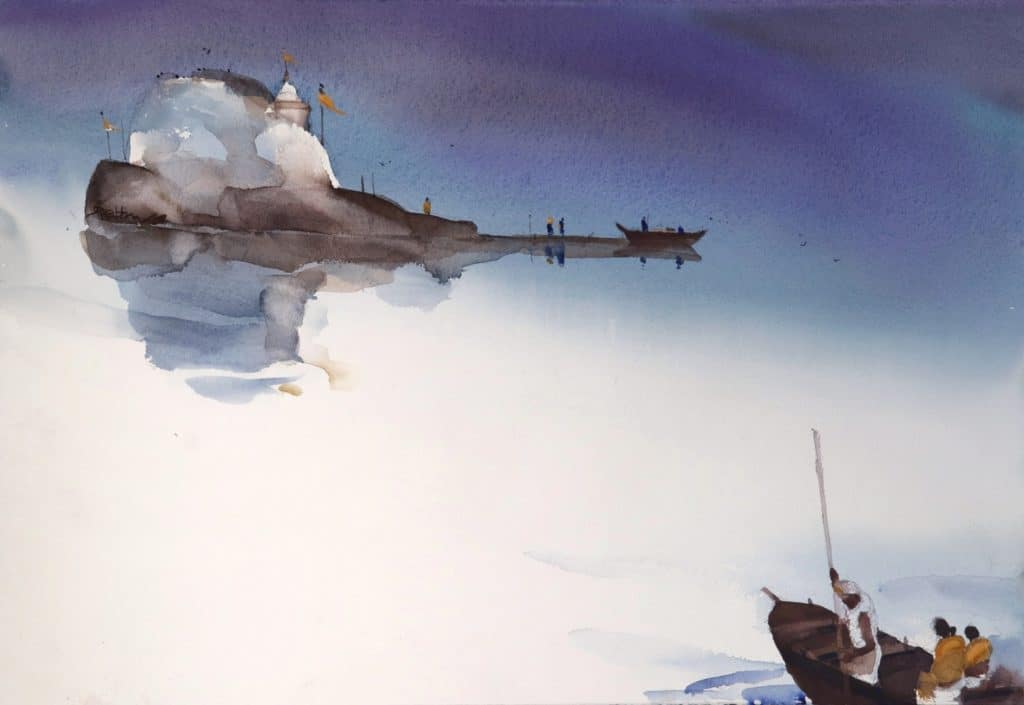
HE-is-the-boatman-and-we-are-seeking-Him-in-temples
What do you dislike about the art world?
The ‘looking down upon’….. I dislike when fellow landscape painters talk disparagingly about modern abstract or installations. ! And when many artists who are skilful in representational painting, have sheer disdain for abstraction or even expressionist art. And within representational art sphere, some of the more traditionalist call my paintings as ‘modern art’ as if it a cuss word!
And on the other end of the spectrum, I feel sad when contemporary artists look down upon landscape or portrait as out-dated genres. The so called modernist has very narrow views when it comes to judging anything that doesn’t conform to his/her ideas of modern. I am personally asked by many abstract painters when I am going to leave ‘landscape’. It is not a mature art form since that is what they painted in art school! It is also bewildering when installation artists call the art of painting as ‘passe’!!!!
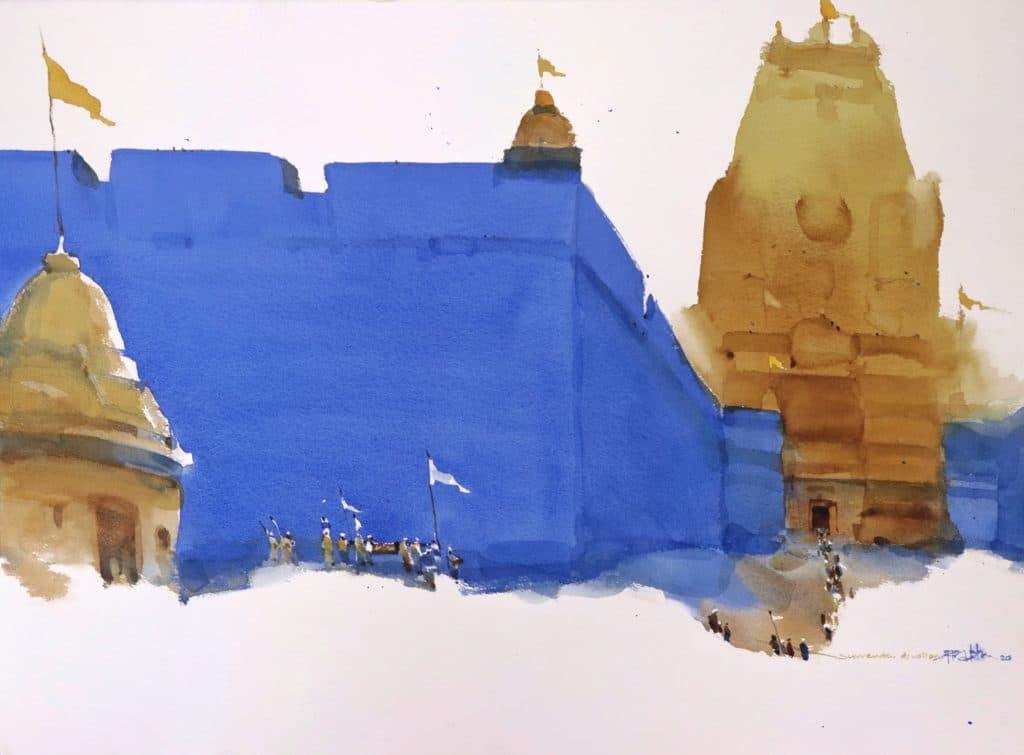
Devotion-needs-surrendering-yourself
I sincerely feel no art genre or art form is dated and none is more mature than another. It is not that some genre is more evolved than others and artist evolves into mature art genres. The belief that painting in ‘mature’ art genres make you an evolved thoughtful painter is so fallacious and misleading for many.
It is what you paint, your ways of expression that are mature and evolved. No art form is immature or dated, what you dish out in the name of that genre may be so. It’s the mediocrity of the artist. Don’t blame genre.
It is really disheartening to see these chasms between genres. As if chasms in the society are not enough that a creative field like painting should have such frivolous ones based on eras!
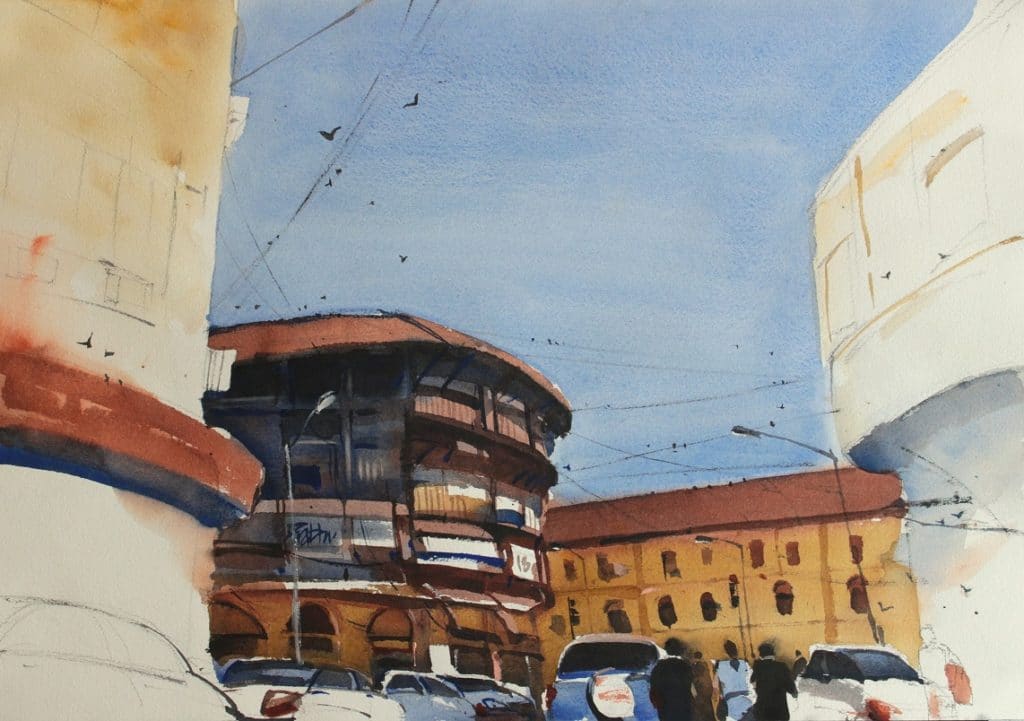
Colours-of-the-years-passed
What do you like about your work?
I suppose the natural spontaneous way art happens through. The bold easy wash that just comes naturally, the minimalist feel of work, where less is said with brush and visual reality is simplified to near abstract levels, is what I love. The knack of leaving lot of white paper, revel in the ‘light in the urban landscape’, painting in less and muted colours which is against the Indian trends. I am also happy that my art does not impress or overwhelm the viewer with techniques and skills, but effortlessness and sometimes with depth of thinking.
But then that is just how i paint.
Actually, I like it best when my piece trusts the viewer and her understanding, has faith in her intuition to ‘get’ what I wish to say about certain place…. I love that feeling. Not everything is ‘in your face’ like a traditional landscape yet it connects on memory and experience level. The conversation in their minds visible in their smiles ….
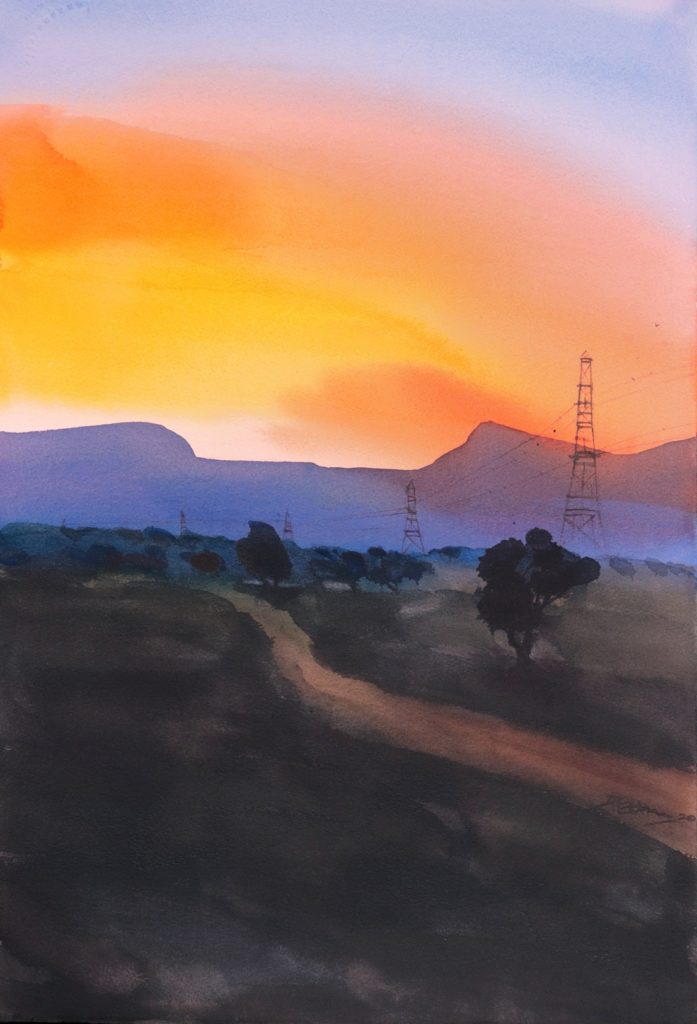
Breaking-dawn
Should art be funded? What role does arts funding have?
Funding in art happens broadly on two levels. Funding for large institutions and societies by corporates are and should be welcomed. They help both sides. Corporates get milage and institutions get funding which has far less strings attached that official government ones. The ideology of the ones in power affects the funding, sometimes very subtly sometimes not.
It is funding individual artist and small groups, that has issues. Sponsoring exhibitions is again okay as it is based on actual artworks, their quality, connection and joy in the art the sponsor feels. It is the right thing to do, a boon for that artist. But sometimes the ‘grant’ scene seems opaque and not a positive aspect of art funding. Why something which is not yet in existence and should have money poured in without any guarantee of returns?
It is perfectly alright for artists to dream but it not the duty of society to fund it. Artists should not seek a disguised charity in any form. In these burdened times with millions in poverty it seems unjust for artists to seek funding for their dream projects.
I may be old fashioned but the perfect funding is where both sides have some tangible returns. Actually purchasing artworks of a promising talent is the best funding that can be! That may rationalize some weird auction prices of past masters if money is spent in funding young artists via collecting their art!
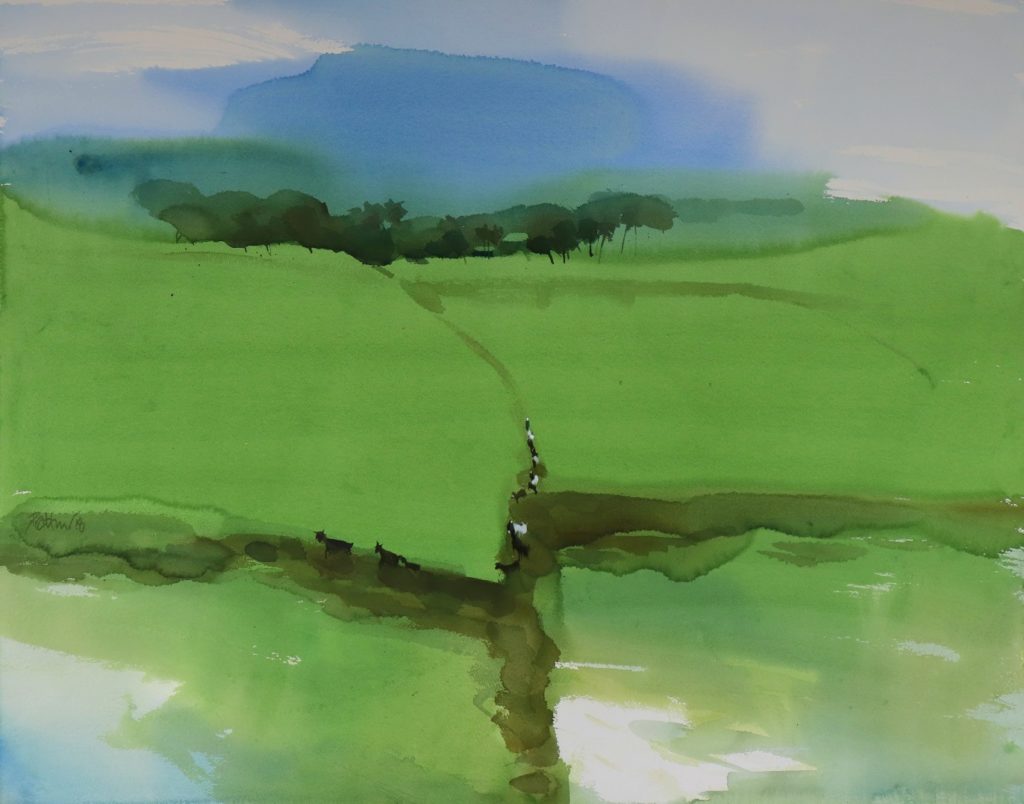
Abstraction-in-Agashi-landscape
What is your dream project?
Not any ‘project’ per se. Dreams yes. Will like to do big shows with huge watercolours all around the world. Huge means by watercolour standards. Hence 8 ft, 10 ft on paper.. And still minimalist with least amount of detail and dazzling light, white paper. I want to exhibit these works, in big galleries. And in my own small measure, strive to show that landscape is a mature genre.
Favourite or most inspirational place?
Himalayas…anywhere in the Himalayas.
Professionally, what’s your goal?
That I keep painting artworks where I don’t repeat myself. I don’t get known as a ‘painter of’ something or known for some type/kind of paintings.
Will like to be known for my way, for my language of art….Be talked of ‘how’ and not ‘what’.
Future plans?
Have been invited for Taoyuan Watercolour biennial by the state government there, which is in Taiwan. !7 artists worldwide, I am from India. 3 works each.
And next year solo show in Jehangir art Gallery, India’s premier public gallery. I have exhibited there earlier, 4 times, but since you have to wait for 4-5 years to show there…. Looking forward to it. Big landscapes……


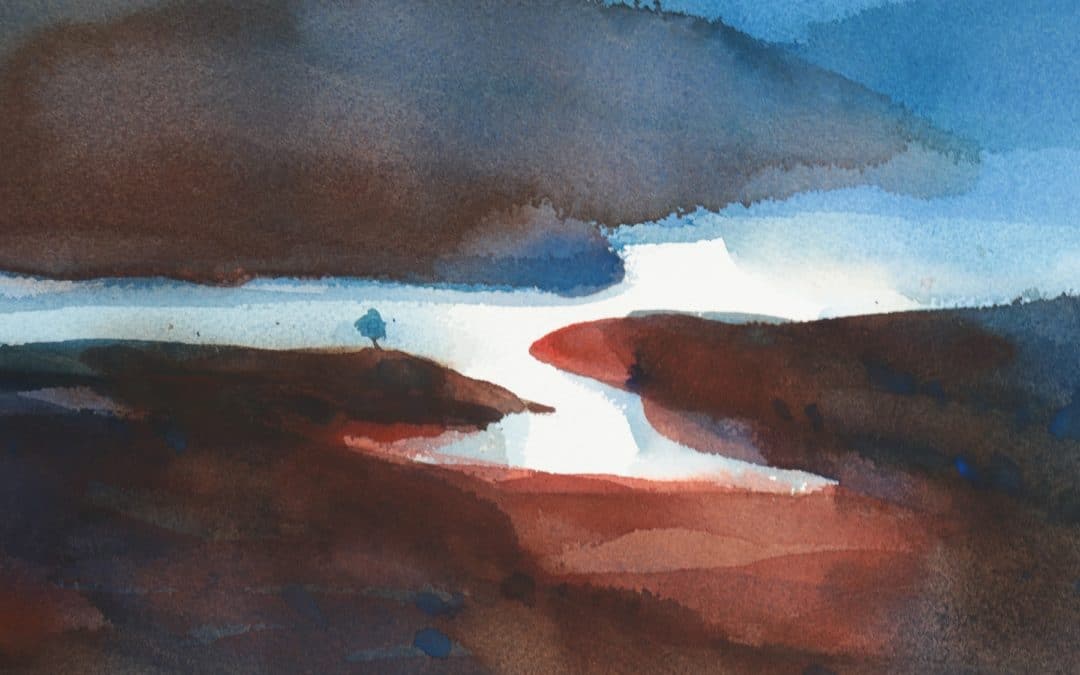

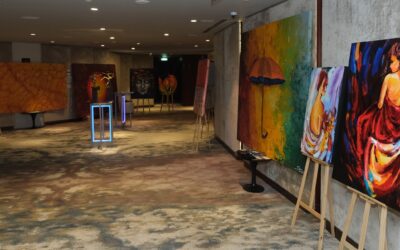
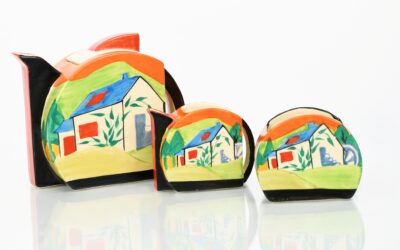
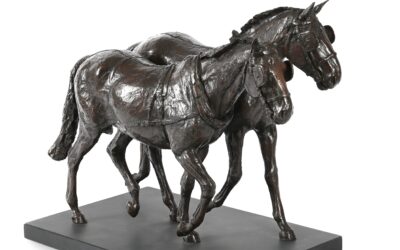


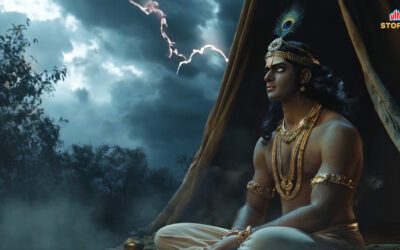
Thank you for this article .
I will share with my 15 year old granddaughter who envisions her future as an artist.